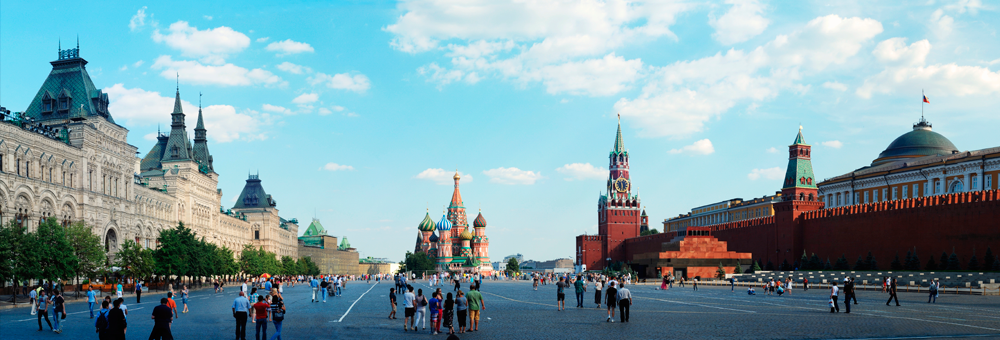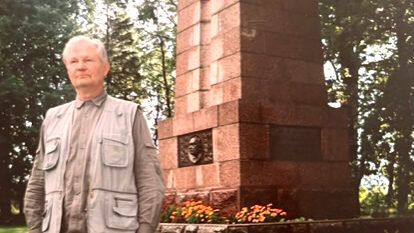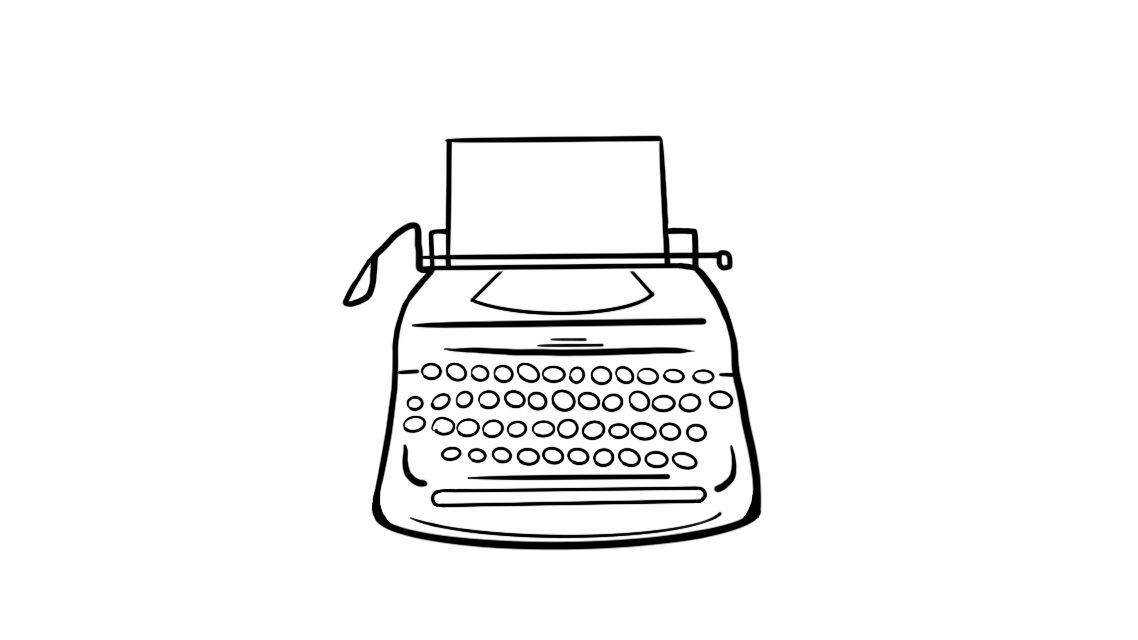The theme is powered up: The theme is tied to senior officials. Sometimes a top official repeats the theme in a formal style, quoting experts, who confirm the idea. At other times the material is journalistically manipulated leaving the impression that a government official has confirmed the facts. On a more careful reading of the article, there has not been a real confirmation of the facts. Within the print media, an attention-grabbing headline, a non-objective introduction and an interesting photo adds propagandistic octane to the theme.
The message is easy to spread: Bold (and often outrageous) ideas that are sourced to high government officials are welcomed by media that have not been identified as propagandistic. The reach and penetration of media outlets that enjoy credibility are also enhanced by the social media, handled by either “trolls” and/or by ordinary internet users. The idea is picked by Russian propaganda channels abroad. Now a statement that was uncertain and non-factual, has developed into formidable material that is recognized as newsworthy and credible. (Read more: Estonian Life No. 43 2016)




